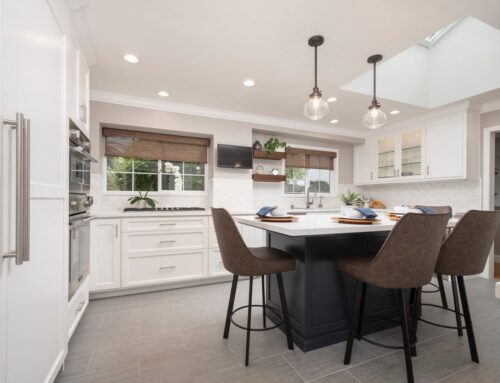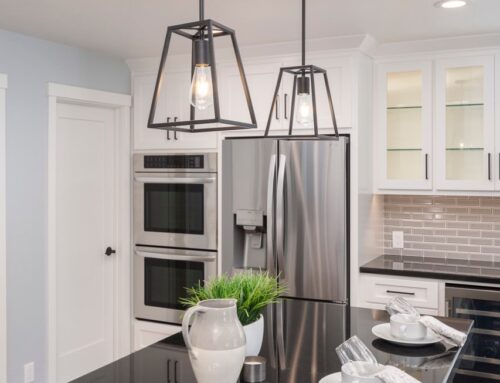Interior design is an art as well as a science, encompassing so much more than the visible, tangible items in the room, such as the sofa, the lamp and the drapes. Those items are important components to the finished room, of course, but there is so much more to it. Before the designer can get to selecting those items, he or she must step back, evaluate the entire space, and consider the seven guiding interior design elements to create an cohesive, harmonious space that is both functional and beautiful. Let’s look at each of the seven elements in a little more
ativan detail.
ativan detail.
- SPACE
Space refers to the prednisone physical boundaries of a room. The designer must be very aware of the space available, both the two-dimensional floor space, but also the three-dimensional volume in the room. The designer must find a way to use existing space to his or her advantage. In a long, rectangular room, for example, the best use of space might be to divide it into two distinct living areas: one for TV watching and another for working from home. A area containing furniture and décor items is a “positive space,” while an empty spot is referred to as a “negative space.” The negative space can often be as important as the positive space, as it gives the eye a place to rest, and brings other elements into focus.

- LINES
Lines are generally categorized into three types – horizontal, vertical and dynamic. Think table tops, shelves for horizontal lines; windows, doorways and tall fireplace chimneys for vertical lines. Dynamic lines might be an angled ceiling, a curved wall, or an arched doorway. Interior designers know to use a combination of lines is when selecting the selecting the items, or “forms” that will adorn the space. - FORM
The term “form” is used interchangeably with “shape” (and is also closely related to line). A form can have straight, angular lines, or be more “organic” or curvy. Forms can also be categorized as open (think of a birdcage light fixture that you can see through) or closed (for example, a solid ceramic table lamp base). Designers combine forms and lines to maximum effect in a space. For example, a long table in a rectangular dining room fits well. A similarly rectangular light fixture can provide nice repetition of lines, but a trio of round pendant fixtures above the table instead will provide an interesting contrast and sense of balance. Either would be an appropriate choice; the key is to combine and balance the elements.

-
LIGHT
Light is absolutely key in interior design. Generally speaking, a room needs three types of lighting: Ambient, task, and accent. Ambient lighting illuminates the entire space (think recessed can lighting); task lighting could be a bedside or desk lamp; and accent lighting is the “dazzle” in the room that provides the beauty and character. Examples: a crystal chandelier, or pendant lights above your kitchen island. - COLOR
Color has the power to create many desired effects in a space. It can make a small room look larger and a large room look more cozy. It can create a sense of calm, or inject some drama into the space. Colors have values and intensities, and color schemes can be monochromatic, harmonious, or complementary. Designers combine colors to achieve their desired goals.
- TEXTURE
Texture describes how typical surface looks and feels. Think of polished granite versus concrete; velvet versus silk. Texture adds depth and dimension into a space, and a variety of textures makes a room more interesting. A sleek glass-topped table, atop a shaggy area rug, combined with a velvet chair will look more interesting than a room where everything is the same. - PATTERN
A room always needs a bit of pattern to add interest. Pattern can be linear/geometric (think about a subway tile backsplash, or a striped wallpaper) or curvy/organic (think paisley or florals, or even animal print). Patterns can be subtle or dramatic, and often a little goes a long way. A mixture of geometric and organic patterns is best for creating a cohesive interior design.

Successful interior designs are achieved because of careful consideration of these seven elements.




